If your garden soil is tired, weak and depleted of nutrients from years of growing – planting a green manure crop this spring might be just the answer!
Your garden vegetables and plants can only be as good as the soil they grow in. If your soil is lacking in nutrients and organic matter, it doesn’t matter how good your transplants or seeds are, they are going to struggle growing.
Thankfully, planting green manure crops in the spring is a great way to replenish your soil’s nutrients, build better soil structure, and ultimately, grow healthier plants!
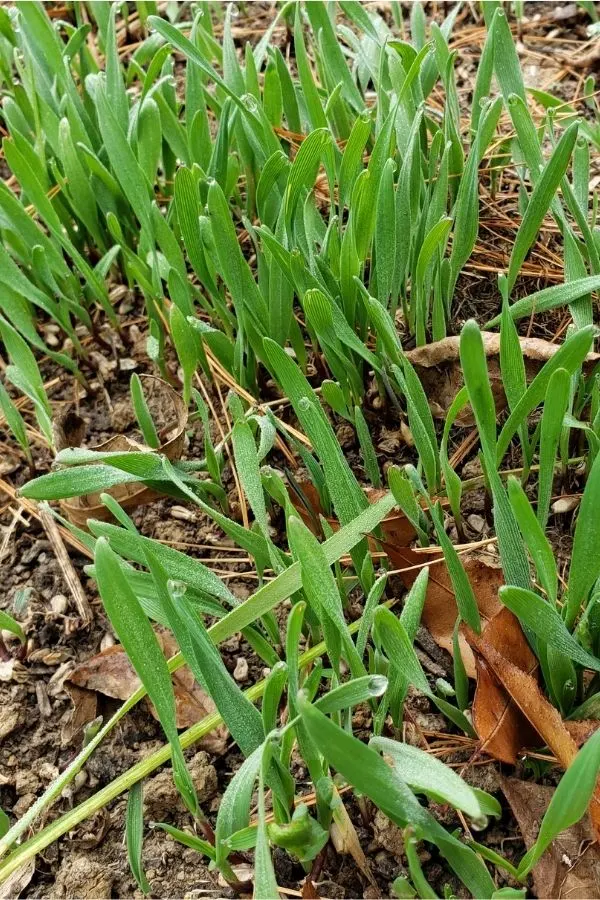
Why A Green Manure Crop Can Help – Fixing Depleted Garden Soil
Vegetable crops like tomatoes, peppers, corn, and cucumbers take a heavy toll on the soil’s structure and makeup. They devour valuable nutrients as they grow to produce the very fruits and vegetables we love to eat.
Just imagine a marathon runner. They might be in the best shape of their life at the beginning of a race. They are often ready to go with plenty of hydration, vitamins and nutrients.
However, once that runner completes that race, they can’t turn around and do another marathon without getting their body fueled and prepped again. The same goes for your garden soil.
If you grow vegetables year after year without replenishing the nutrients, even the best soil will begin to break down and weaken. If they are not replenished and re-energized occasionally, the nutrients will simply vanish.
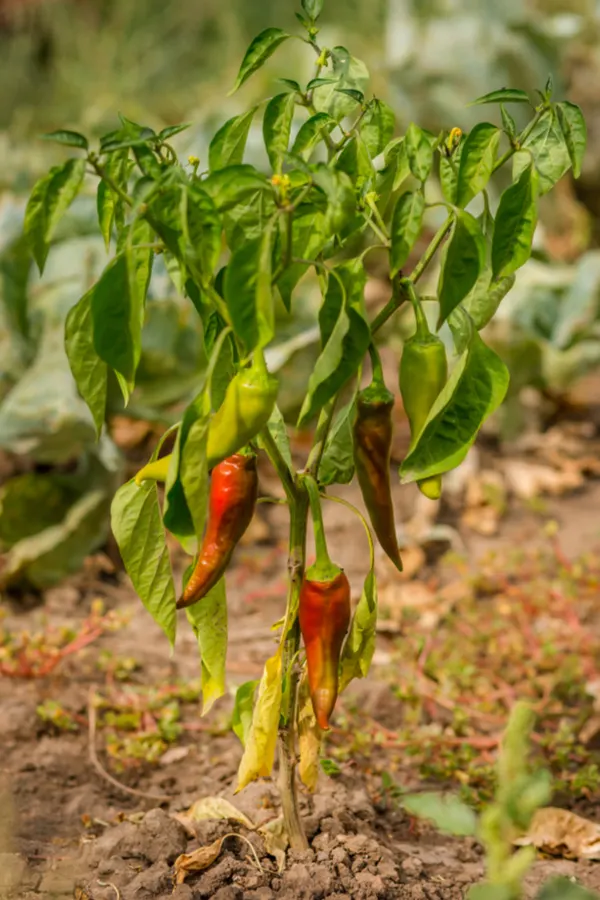
Soil that becomes weak in nutrients will result in weaker crop yields. Those plants will also likely be increasingly prone to disease and pests.
So how can you make sure your garden soil is able to provide for those crops all season long? Although fall cover crops are fantastic for this purpose, if you missed that opportunity, a spring green manure crop can help!
The Answer Is Green Manure!
In short, the best way to keep your garden soil strong is to feed your garden soil. (Just like a runner needs to fuel their body!)
That doesn’t mean you need to heap on generous amounts of expensive synthetic fertilizers. Those types of fertilizers are only temporary fixes to a problem. They can leave your soil weak, unstable, and full of excess salts and chemicals.
The real answer lies in adding back natural nutrients to the soil. One of the best ways to do that is by planting a “green manure crop” in the spring. Even before you plant your vegetables or flowers into your garden or raised beds, this miracle crop has many advantages.
What Is A “Green Manure” Crop?
The term “green manure” can be confusing to a lot of gardeners. First of all, it doesn’t smell and it’s certainly isn’t an animal by-product like you think of with traditional manures.
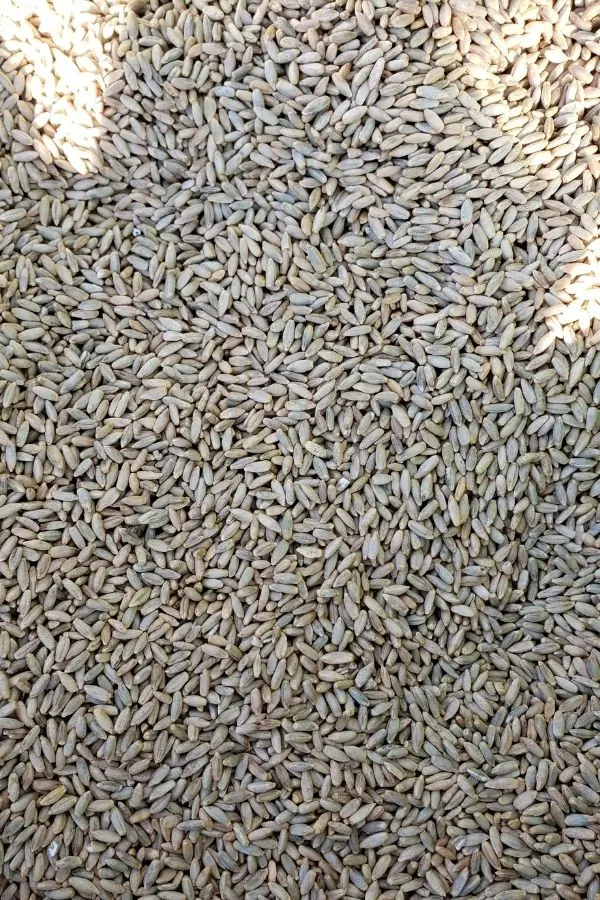
Green manure is the term given to a cover crop that is grown specifically to be put back into the soil to replenish valuable nutrients and organic matter. Green manure cover crops are usually annual crops that germinate quickly and grow rapidly.
What Crops Can Be Used? – Fixing Depleted Garden Soil
Winter rye, annual clover, peas and hairy vetch are all great choices as green manure crops. You can usually find them at your local feed store and can often inexpensively buy them in bulk.
In addition, many online retailers also sell cover crops. True Leaf Market is an excellent online garden retailer that has a great assortment of green manure cover crops.
(To read more in-depth about the different types of cover crop varieties as well as how to use them during the fall, check out “How To Grow a Fall Cover Crop”.)
Planting A Green Manure Crop In The Spring
Typically, cover crops are planted in the fall, and for good reason. Fall cover crops play a vital role in developing and keeping garden soil beds full of rich organic matter.
They also minimize soil erosion and hinder the establishment of weeds. Barren soil makes it easy for soil erosion to occur and for weed seeds to blow in. Cover crops solve all of those problems.
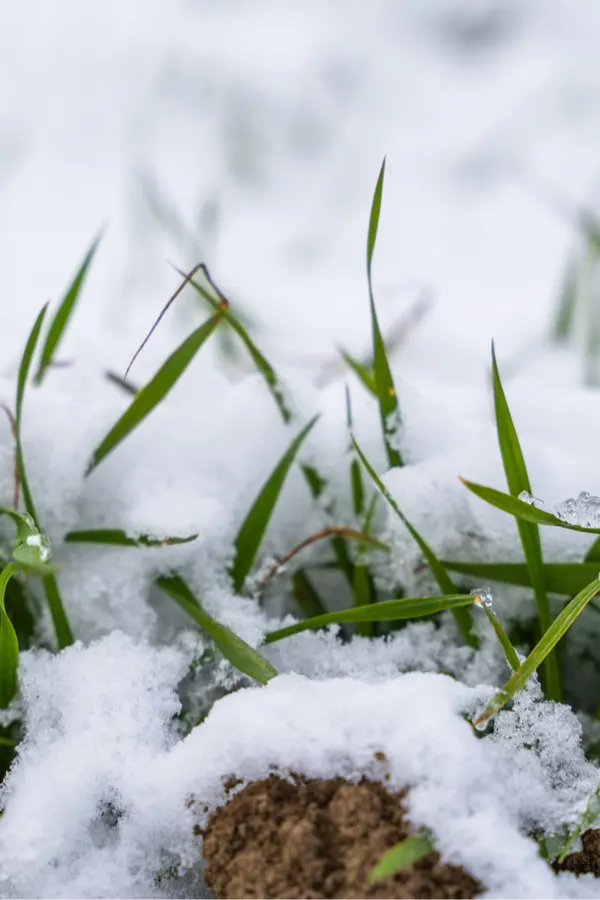
Once the cover crops die off in the springtime, they provide your soil with wonderful nutrient-packed organic matter. This not only adds vital nutrients back into your soil, but also helps to improve the overall composition of the soil.
But in the spring, you can add a green manure crop to put back even more organic material prior to the vegetable garden planting. It’s quick, easy, and pays huge dividends!
To Have Healthy Plants, You Need Healthy Soil
Much like a farmer spreads traditional horse, cow, or chicken manure on his fields to fertilize and replenish, growing and planting a bright green cover crop has the same effect and benefits.
It’s the same concept as to why fresh-cut green grass is great to add to a compost pile. In its fresh-cut green state, the grass is a valuable nitrogen source that heats up your compost pile.
When a cover crop such as annual clover, winter rye, or hairy-vetch are young, vibrant, and bright green, they are at their absolute height of nutritional value.
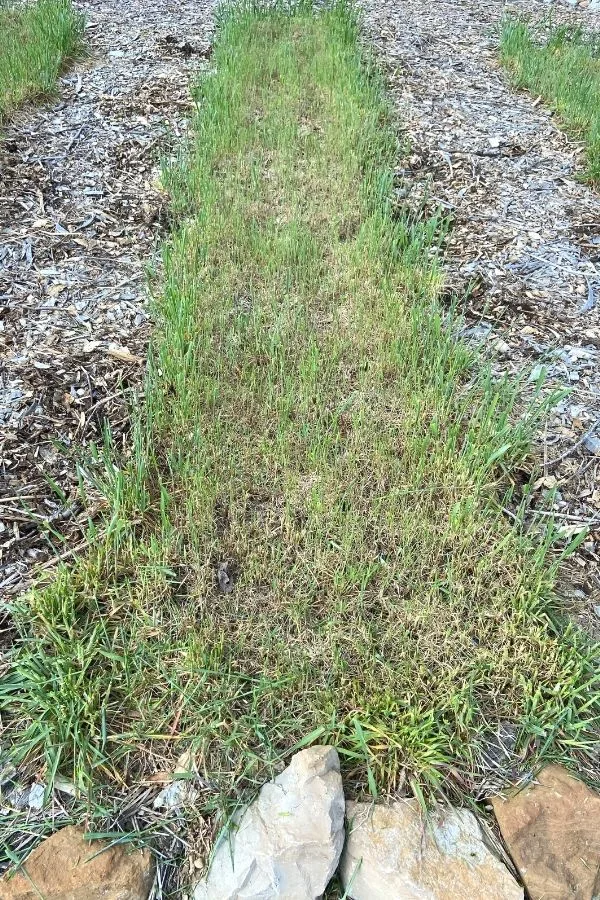
Their root nodules below the soil help to “fix” nitrogen levels. And the green matter that is added back into the soil as it dies off gives off additional nutrients and nitrogen as it slowly decomposes during the summer months.
All of which serves to replenish the soil and feed your summer crop of vegetables. Especially the heavy feeders like tomatoes and peppers.
Green manure crops also provide many of the same benefits that fall cover crops give. Those benefits include helping to loosen the soil with its fast and deep-growing roots and protecting the surface topsoil from heavy spring rains and erosion.
In addition, they also help to keep the bare soil covered and protected from weeds. All the more reason to incorporate them into your garden plan!
When and how do you plant a green manure crop?
Aim for planting your green manure cover crop about 4 to 6 weeks before you plant your garden. This date will depend of course on your last frost date. (You can find your last spring frost date Here.)
There is no need to use a rototiller prior to planting. Just lightly rake the top inch or so of the soil. Once the soil is loose, use a seed spreader or simply your hands to cast out the cover crop seeds across the soil. Lightly rake and water well to help set the seeds.
The new seedlings should emerge in as little as 7 to 10 days. Before you know it, your garden will be growing in with a thick stand of cover crop growth!
Planting Through Green Manure Crops
After a few weeks, your green manure crops should be growing well. You will then want to start mowing them down short. Not only will this help to keep the crops from producing seed heads, but it will continue to add more green material back into your soil via the cuttings.
Most importantly, it will start to kill of the cover crop so you can get ready for garden season. After you mow the crop down a few times, it will start to die off.
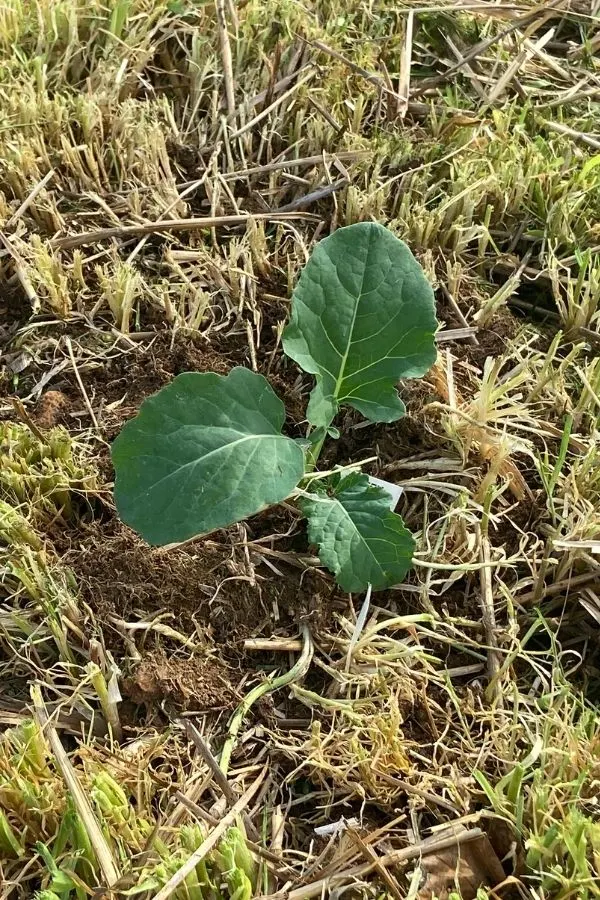
When you are ready to plant your vegetables and flowers, there is no need to till the cover crop. In fact, using a rototiller in your garden actually causes way more harm than good when it comes to your soil.
Instead, simply mow the cover crop as short to the soil line as possible prior to planting. You can then use a pick or post-hole digger to dig through the cover crop and plant your seeds/transplants. Check out this quick video showing you exactly how to plant through a green manure cover crop.
As the green manure crop dies and starts to break down, it will release its energy back into the soil and provide nutrients for the newly planted crops, helping to correct the issue of depleted garden soil.
Will You Get Weeds From Green Manure Crops?
The green manure cover crops mentioned are annual varieties. As long as you don’t allow them to ever come to seed and keep them mowed short, they will start to die off before summer even arrives. Once they die off, they won’t come back like stubborn weeds.
During the summer months when your manure crop has died off and your garden plants and vegetables are growing, simply use a natural mulch to continue keeping weeds at bay.
In Conclusion . . .
Planting a green manure crop is a great way to not only stop weeds from overtaking your garden but also to breathe new life into your tired, depleted garden soil. They are easy to grow, keep your soil healthy and alive, let your plants thrive, and, most importantly, are 100% natural!
Simple Garden Life is a website dedicated to keeping gardening fun, simple, and enjoyable! We publish two new articles each week along with a new garden podcast episode every two weeks.
